
Landscape photography is one of the most captivating and popular niches in today’s competitive world. It captures our surroundings with a beautiful lens, while also giving viewers an opportunity to get inside what they see through their camera. This guide will show you how you can take stunning landscape photos!
What equipment you will need
Landscape photography is a challenging but rewarding art form. Achieving that perfect shot takes equipment and practice to master, so it’s important to know what you need before venturing out into the wild of nature! Whether your goal for photographing landscapes is artistic or not, there are things like tripods and polarising filters which can help achieve your goals – depending on how deep down this creative rabbit hole you’re willing to go.
When it comes to landscape photography, you need the best of everything. To make sure your photos come out looking their very best and not a blurry mess, here are a few things that should be on your checklist:
Make sure you’re using an appropriate lens for what kind of photo do want – know when is the right time to use high resolution or low resolution shots; dynamic range can help give pictures more detail in dark areas without overexposing brighter ones. Know how sensor technology works so you get all this information from individual pixels within each pixel cluster (photo sites).
The Best Lenses for Shooting Landscape Photography
It’s important to think about what type of lens you need for each situation, because not all lenses are created equal. For example, we might want a wide-angle and high level of sharpness when shooting landscape shots but would rather have something different if photographing people or other objects that aren’t stationary. The cost can also vary depending on the features available in your lens—you may find yourself paying more up front just for one feature like autofocus while sacrificing another such as weight.
For anything from landscapes to portraits (both still life and live), there is always an optimal choice out there waiting for you!
The best lens for you is not always the most expensive. Sometimes, it’s simply the cheapest one that will do all of your amazing work justice.
Know Your Numbers and Letters: Lens Explanations
35mm or 50mm Lens: Which Should I Choose?
Tripod
All landscape photographers need a tripod to capture those detailed shots and they should be looking out for three features: sturdy, solid and lightweight when choosing their perfect model.
A great tripod should be able to hold your camera still while you capture that perfect shot, but it also needs to have some flexibility in the right situations. A versatile tripod can deal with elements such as dirt and rain without any problems at all. It’s important for a sturdy unit like this because when they are knocked around or up against something else, there is less of a chance that your equipment will go flying from their perch!
It may not seem too heavy – after all we’re talking about sticking an object on top of our shoulders- which makes them lightweight enough so that carrying one does not become cumbersome over time. The most difficult part about using these types of tripods would probably just be setting them up properly.
Monopod vs. Tripod: When and Why to Use
Other important Accessories
It’s true that your photography equipment is important, but when you’re out there in the elements with all of this gear on a photo shoot and it starts raining or snowing…you’ll be kicking yourself if you don’t have the right clothes!
It sounds like an easy task to pack up some gloves and thermal shirts for warmth. Don’t forget raincoats too so we stay dry during our hike through thunderstorms! Along with hiking boots, I recommend packing my most comfortable bag which will help keep me happy even as hours pass by (especially since we are also lugging around heavy camera gear).
Filters
Filters are a landscape photographer’s best friend! Landscape photographers typically use two types of filters to improve their images and make them look more professional: polarizing filters, which manage reflections on the surface like water or glass; suppress glare from light sources that could be reflected in your image such as entering into someone else’s window nearby you while shooting photos. The other is neutral density filter, which allows for slower shutter speeds so you can capture movement better without overexposing any part of the photo.
Polarizing filters are the most important accessory for any landscape photographer. ND filters may seem intimidating at first, but it’s worth taking a risk and learning how to use them in order to capture some of your best work yet!
JPEG Versus Raw- Which One Should You Use
Shooting in RAW format, as opposed to the more traditional JPEG mode produces higher quality images. Shooting in this high-quality image type will allow you to adjust colors and other settings with greater ease. By shooting your landscape photos using RAW, it is possible for even amateur photographers like yourself can produce professional level work without any difficulty whatsoever!
Histogram
Histograms are a more accurate way to determine exposure than just looking at the LCD screen. It will depend on available ambient light as well, so it is helpful to use this in your workflow.
Perfect Exposure
Now that you have all the equipment to get around in the great outdoors, it’s time for your next big step: capturing meaningful images. Like good photography technique, having a camera with dials and buttons isn’t enough; there are three fundamental components which will affect how well you’re able to capture those moments- aperture setting (which allows more or less light into the lens), shutter speed (determines length of exposure) and ISO levels (controls sensitivity). For example, an image can be overexposed if too much light enters through your lens set at f2.8 while taking photos on bright days where sun is constantly shinning down onto objects below – this may result in blown out highlights when viewing them later .
Long Exposure Photography: 26 Best Tips
Panorama
One way to take wide angle shots is by using panoramas. Panorama photography can give a viewer one spectacular view from many angles, and lets you capture the height of your vantage point as well for an iconic photograph.
Important Landscape Photography Tips and Techniques
1. Plan Where To Go
In my opinion, one of the most rewarding parts about photographing landscapes is doing a little research and planning before you head out to your favorite spots. Whether it’s an old location that you’re returning to for nostalgia or somewhere new in another part of the world with unique features like mountainside caves, there are so many different options when researching locations. I think what can really make these images come alive is if we plan our route based on various vantage points where they’ll be best able to capture all aspects of whatever landscape—from sunsets over volcanoes in Hawaii (or anywhere else!) or cliffside vistas against crashing waves along coastlines. It also means being aware how popular attractions will affect light at certain times during the day;
You should always plan for the best light when you’re shooting. You might want to scout out a location, set up your equipment and move around as much as possible before settling in on taking some sample shots during the time of day that has optimal lighting. And if you see something amazing while scouting or photographing – like an incredible sunset at a breathtaking vista- then make sure to come back because it’ll be more beautiful than ever!
When you’re scouting a location, consider the time of year and how it affects natural lighting. For example, in late fall when leaves change color dramatically or at night to capture an amazing sky with stars above that we can’t see during the day.
It’s important to plan for different times so your shots will look their best!
2. Use a Good Camera
When shooting landscapes, you want the best possible camera to capture all of those details. DSLR and mirrorless cameras are ideal for this because they offer a large sensor size that can produce stunning detail in every shot while also having an interchangeable lens system which allows it to be versatile depending on what type of shots you would like to take with your landscape photography. The downside is that these professional-level cameras come at quite an expense so if affordability is something high on your list then smartphones may not provide enough quality but they will still do just fine as long as there’s plenty of light around!
DSLR vs. Mirrorless cameras: Which is better for you?
3. Find Good Lighting
Thanks to your manual camera, not only will you have more control over the lighting in which you shoot but also how long it’ll take for those photos to develop. That being said-the sun is going be your main light source so shooting during golden hours when we get a beautiful mix of blue and orange from the sky can help make sure that these shots are true representations of colors rather than washed out or too bright.
4. Make Sure Your Focus is on Point
The key to a good shot is focusing on the subject. In most cases, this means making your main subject tack sharp and leaving everything else sufficiently blurred out so that it’s highlighted in a way that draws attention back to what you want people looking at.
When shooting, consider which aperture will provide the appropriate depth of field you desire. A wider aperture (f/2) would be good for a portrait with shallow focus on your subject and background in sharp detail; whereas if you want to keep most everything in focus without focusing too much attention on any one item or person, use a narrower f-stop such as ƒ8.
5. Get Creative
One way to make your photos stand out from the masses is with creativity. Instead of capturing what’s in front of you, think about ways that can tell a story or provide an unusual perspective on things (many landscape photographers use these approaches).
6. Don’t be Afraid to Try New Things
A beauty of shooting with a digital camera is that there are no boundaries- you can try anything! Got the urge to take an awesome photo? Give it go. In photography, maybe even more than other hobbies, ideas come and go. Try out your crazy idea today; whip up something fresh for tomorrow’s Instagram feed! Experimentation in this field requires taking risks and making mistakes – but don’t be too hard on yourself when they happen because every mistake teaches us something new about ourselves as artists.
Post-Processing Landscape Photography
These programs offer many different features for editing and manipulating photos, making them the best choice if you are looking to make your images as professional-looking as possible. You can import RAW files into these programs and edit them however you please with a variety of tools that allow for quick fixes or full on edits. If all this sounds like too much work for you then fear not because there is an article highlighting some basics so beginners can start using Photoshop without any worries!
Photo Editing Software: Which One Will Lead You to Success?
Landscape Photography Ideas














Conclusion
The beauty of the changing season is just out in front of you, and it’s up to your creative eye as a photographer to take advantage. With these tips on shooting landscape photos, we hope that they’ll help bring more than one great photo for everyone!

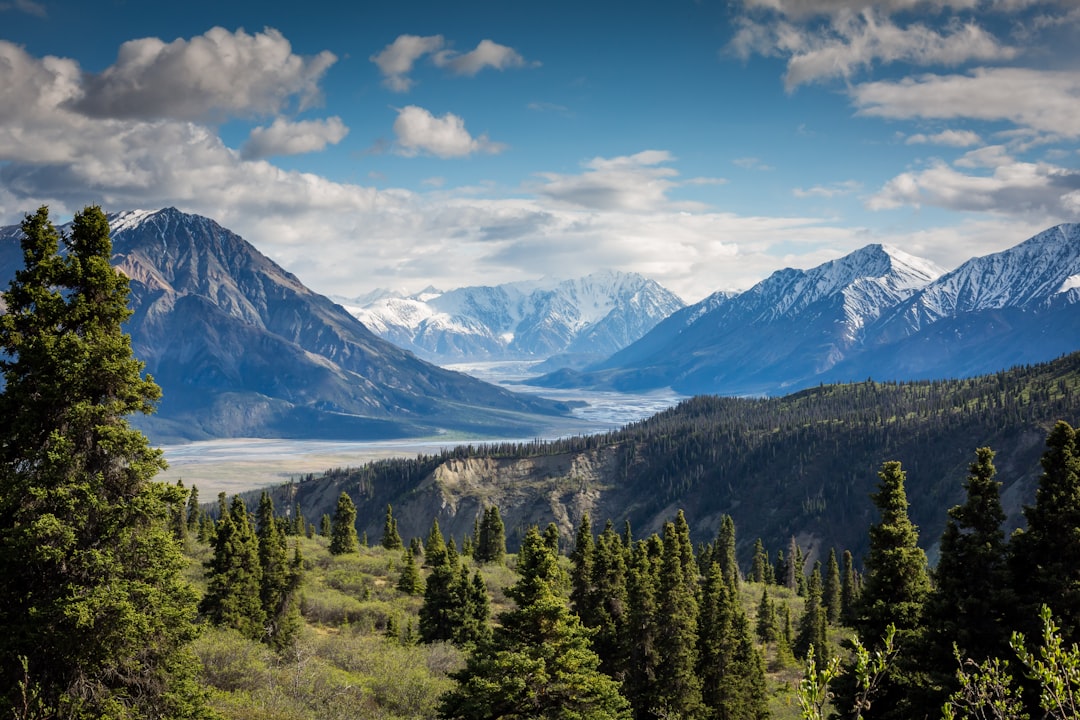
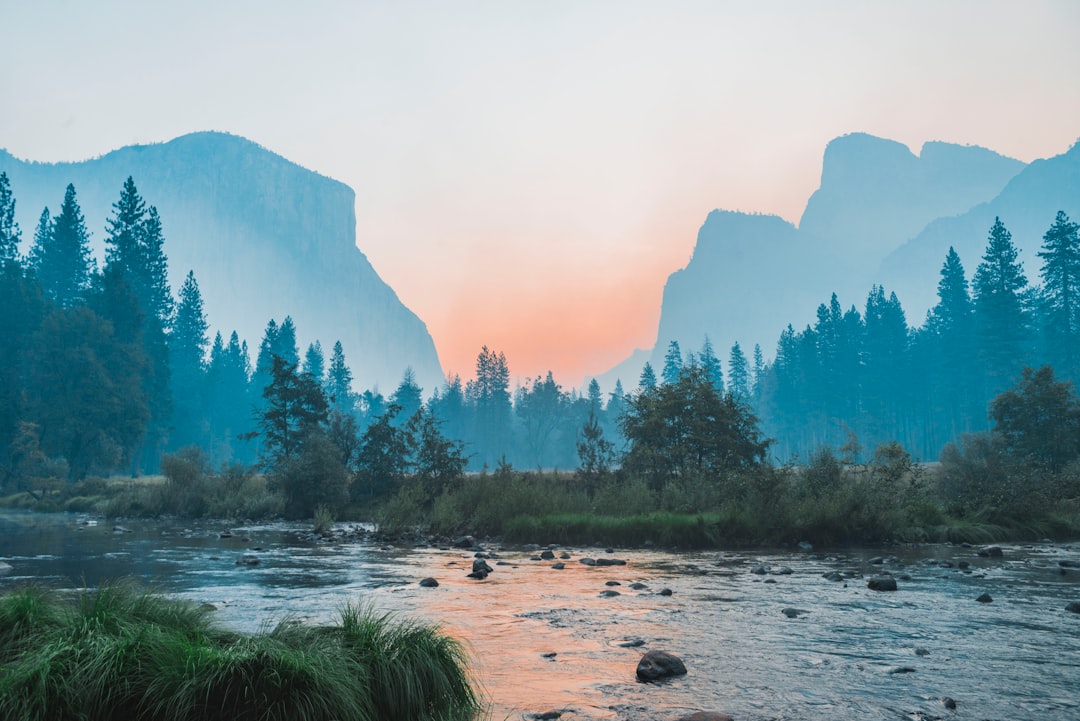
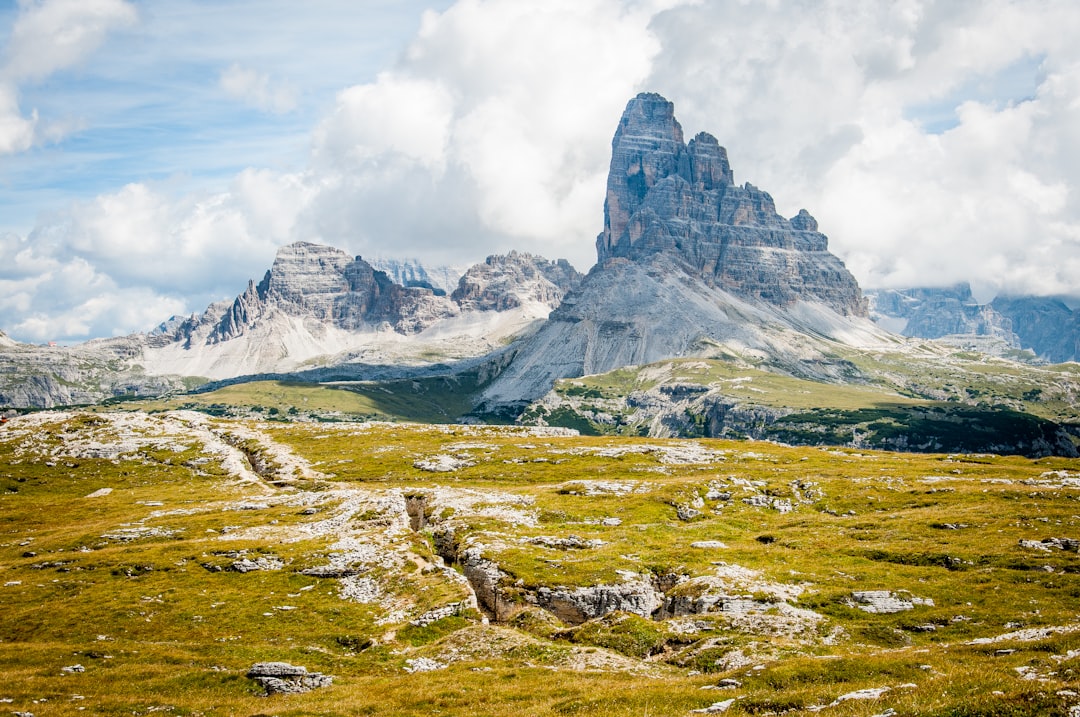
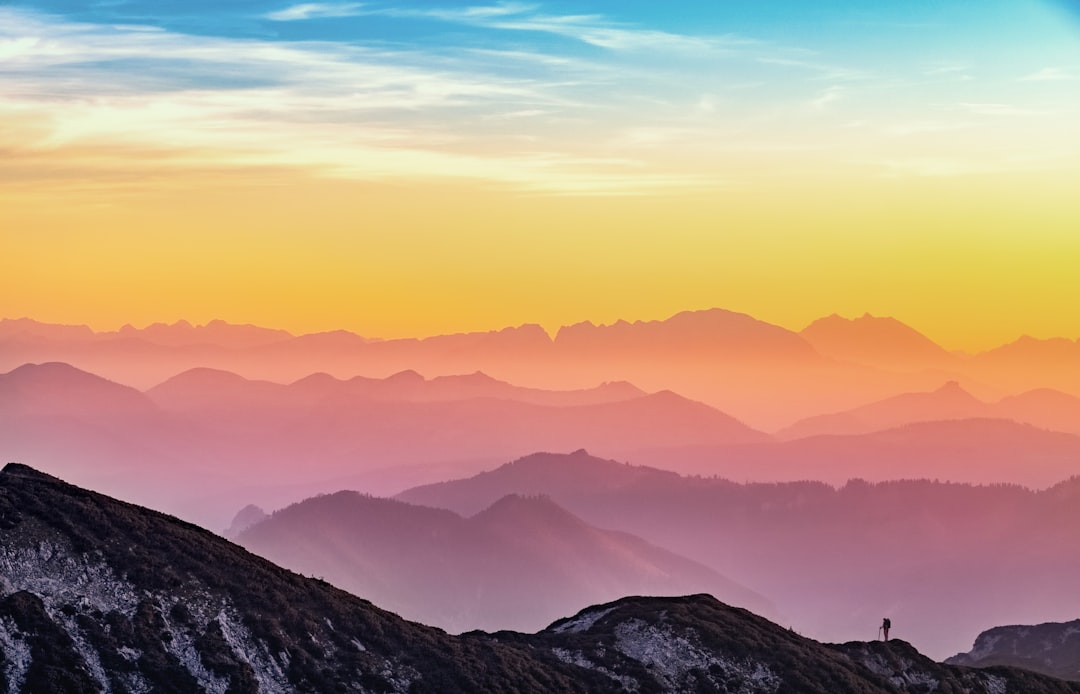
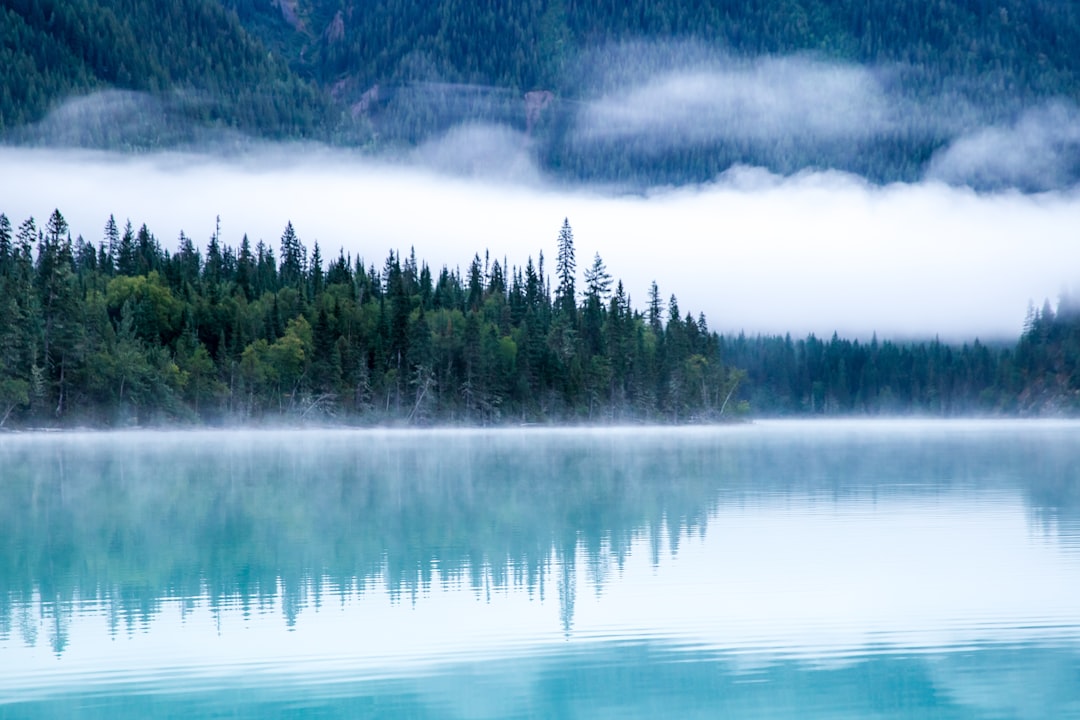
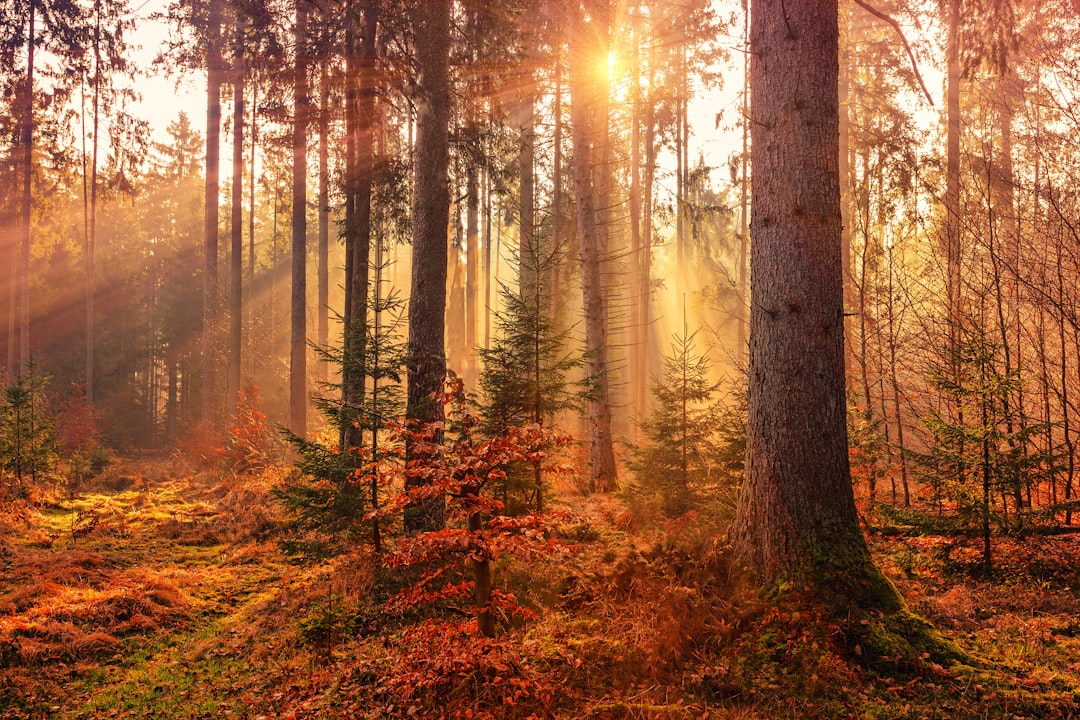

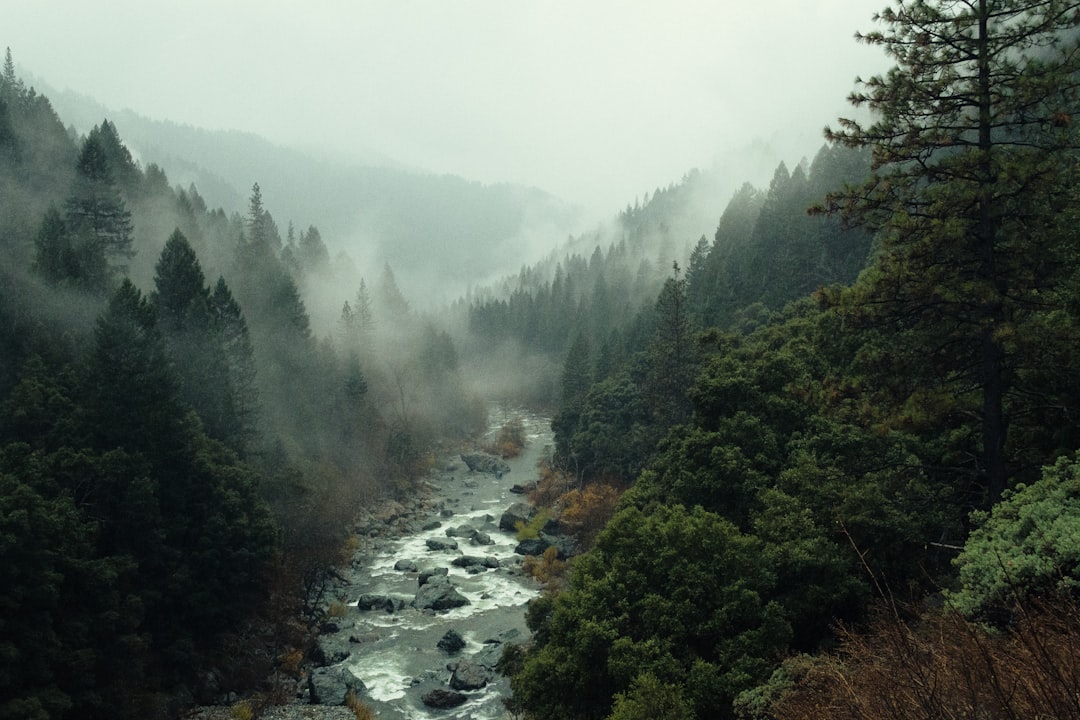
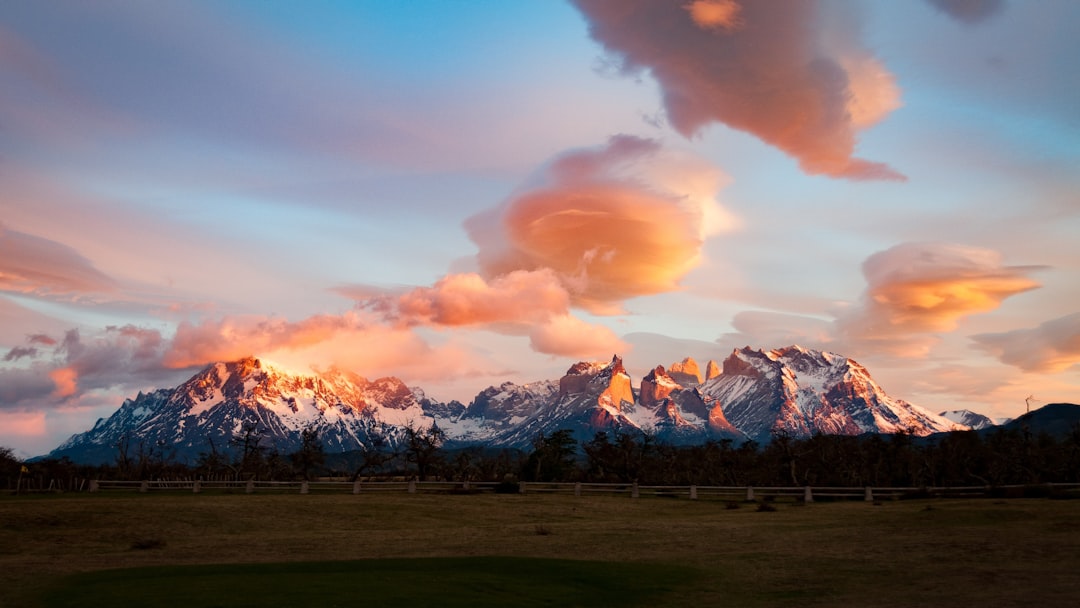
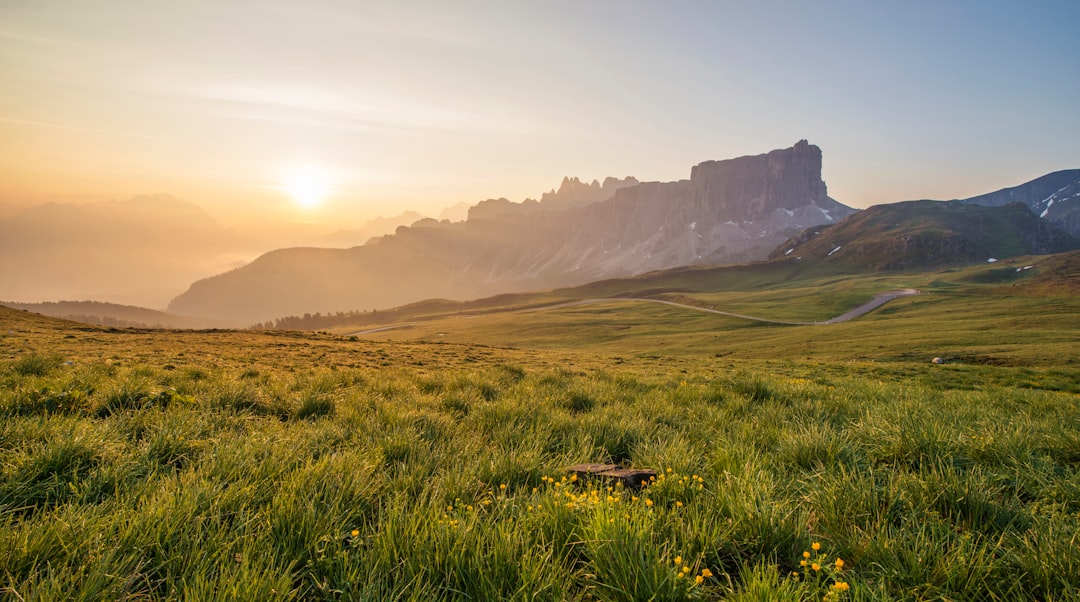
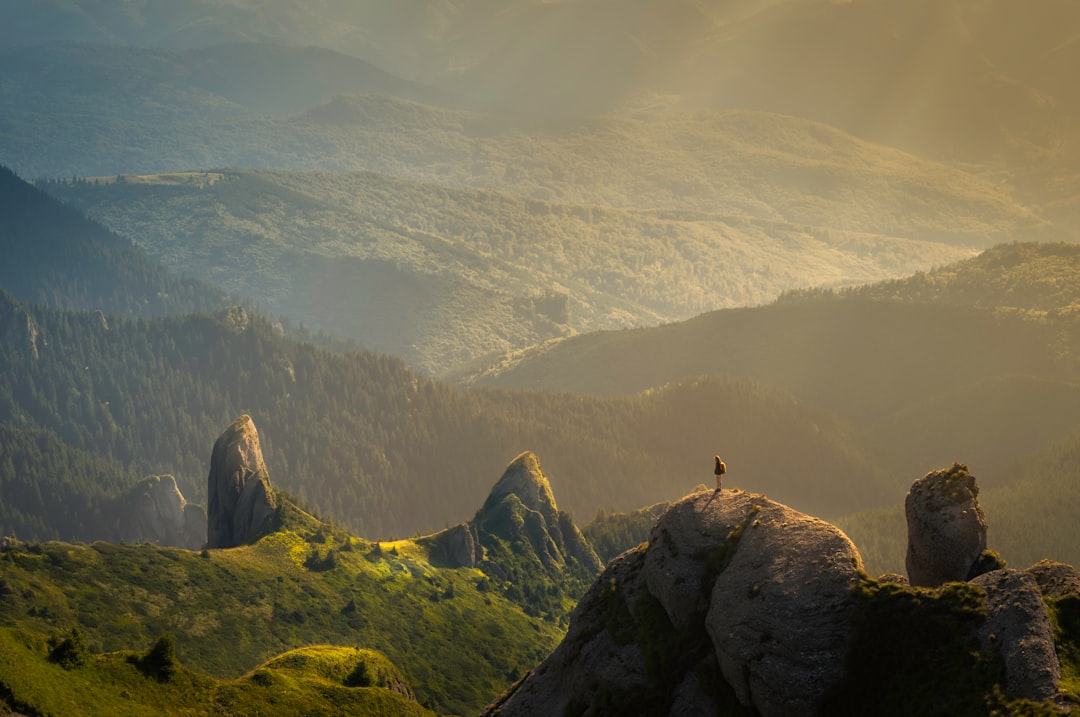
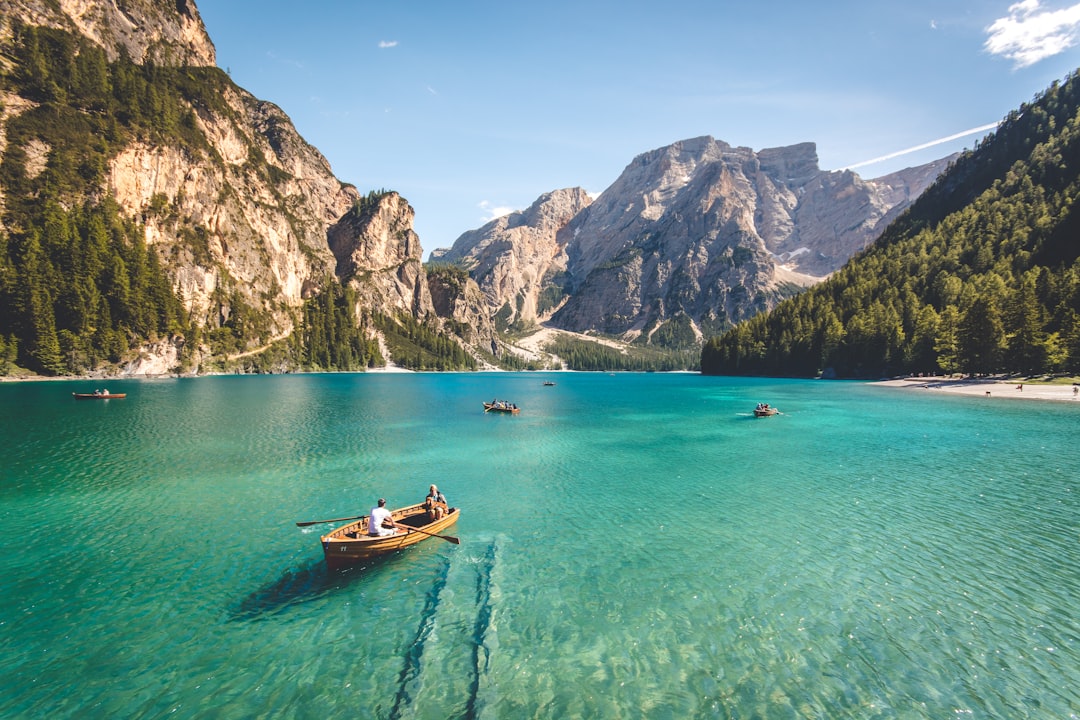

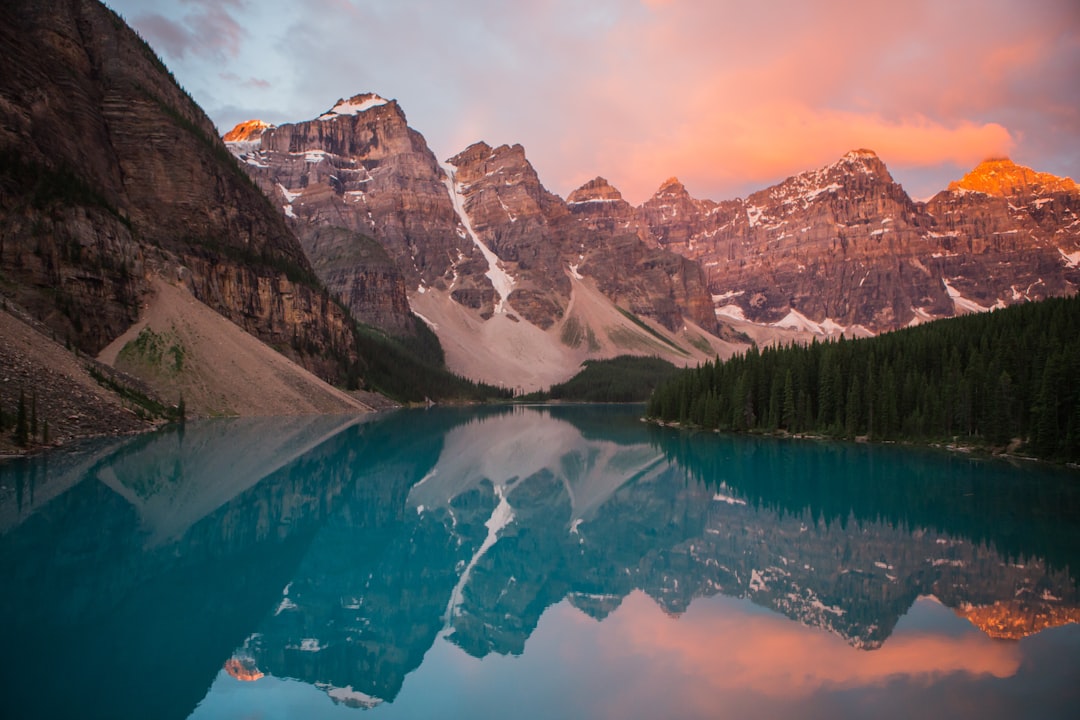
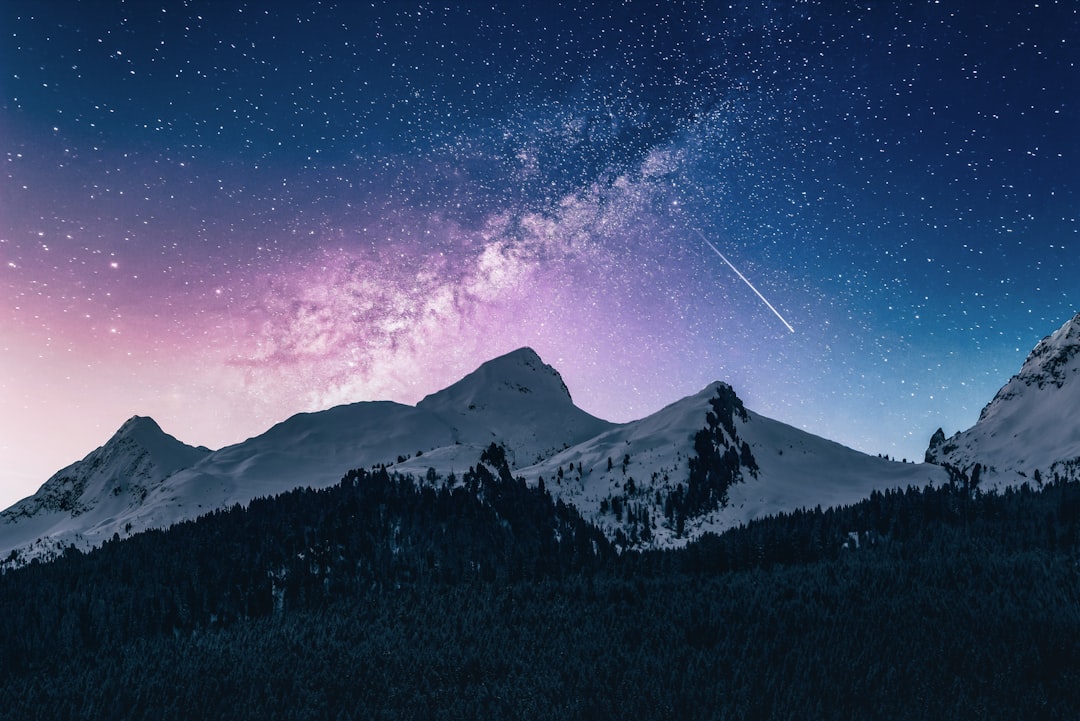
4 thoughts on “Landscape Photography: The Ultimate Guide”
Comments are closed.